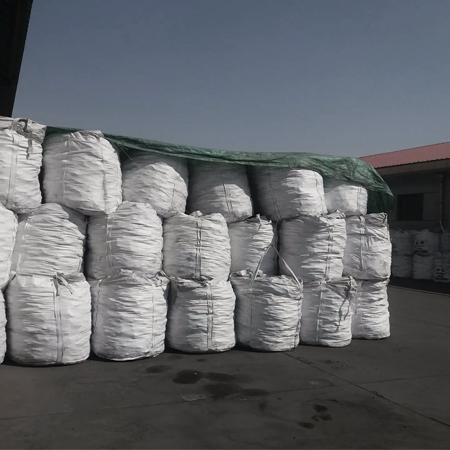Silicon metal, also known as metallic silicon, is a silicon product smelted in submerged arc furnace. Its silicon content is usually not less than 98.7%. According to the different contents, silicon can be divided into sevearl detailed silicon metal models and application fields. The nominal silicon content should be 100% minus the sum of the contents of iron, aluminum and calcium.

Although silicon metal has a high purity, it still contains a small amount of impurity elements. The content of these trace elements is mainly affected by the quality of the raw material silica. With the reduction of high-quality silica, the supply of chemical-grade silicon metal with low trace element content may gradually decrease.
From the perspective of downstream demand, different industries have different requirements for trace elements. For example, the requirements for trace elements in the polysilicon industry and the organosilicon industry are completely different. Organosilicon companies mainly focus on metal elements such as titanium, nickel, and lead. Meanwhile polysilicon companies mainly focus on non-metallic elements such as boron, phosphorus, and carbon. Although downstream enterprises pay attention to the content of trace elements, trace elements have more impact on production conversion efficiency. Therefore, even if the trace elements exceed the standard, some downstream enterprises will still accept these products when the market supply is short.
Silicon Metal Application Fields
The main downstream consumers that use silicon metal models and application include polysilicon, silicone and aluminum alloy. The quality requirements of industrial silicon in different fields vary, as follows:
Polysilicon field
The preparation process of polysilicon is essentially a silicon purification process. So there is no strict limit requirement for the grade of raw industrial silicon. With the improvement of China’s polysilicon process level, the specifications of silicon also changed. Main material from the initial use of Si 421 and Silicon 411 turned to Silicon 421 with supplemented of Silicon 521, Silicon 441, Silicon 553. Sometimes off grade silicon metal 97 with a silicon content of about 97% . The polysilicon industry mainly focuses on boron, which affects the efficiency of photoelectric conversion, and carbon, which affects the performance of semiconductors.
Organic silicon field
Organic silicon field has relatively strict requirements on impurity content, usually requiring iron content within 0.4% or 0.5%, aluminum content within 0.2%, and calcium content within 0.1%. The main grades used include Si4210, Si4410, Si5210, etc. In addition to the requirements for the main metal impurities of iron, aluminum, and calcium, organic silicon also has requirements for trace elements such as titanium, phosphorus, and boron. These requirements vary depending on the different processes of the enterprise.
Aluminum alloy field
The quality requirements for industrial silicon in the aluminum alloy field are roughly the same, mainly considering the two impurities of iron and calcium. Due to the low price of iron removal agents, calcium content is usually more concerned. In recycled cast aluminum alloys, the typical grade ADC12 mainly uses Si5530 industrial silicon and substandard silicon, while the original cast aluminum alloy A356.2 mainly uses Si metal 441 and Silicon 3303. In addition, a small amount of deformed aluminum alloys also have requirements for trace elements such as phosphorus.
All in all, silicon metal has a wide range of applications, and different fields have different quality requirements. With the changes of market demand, the production and application of industrial silicon are also constantly developing and optimizing.
